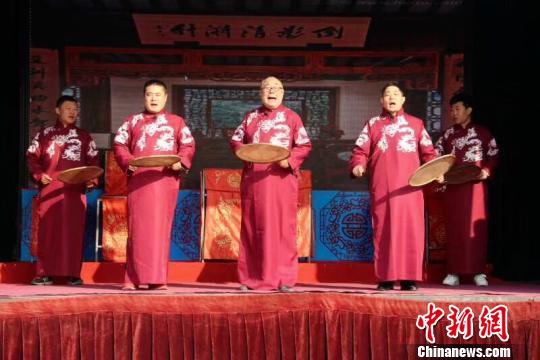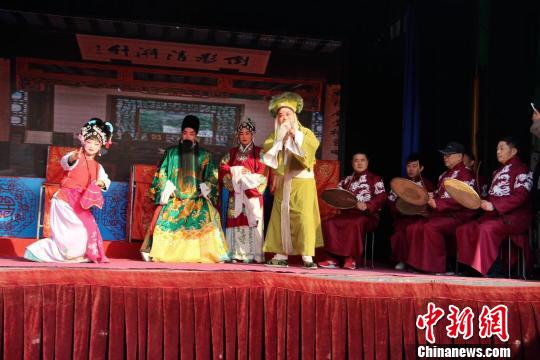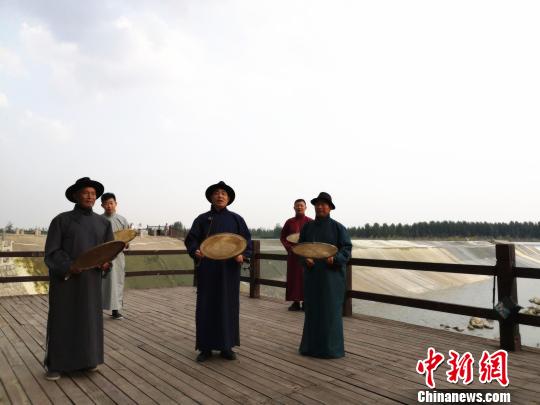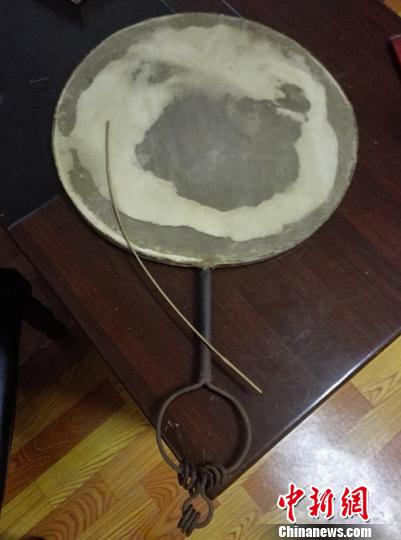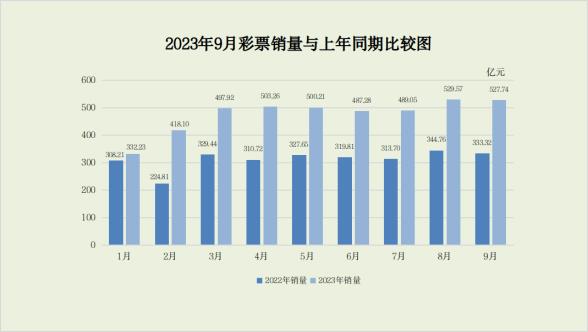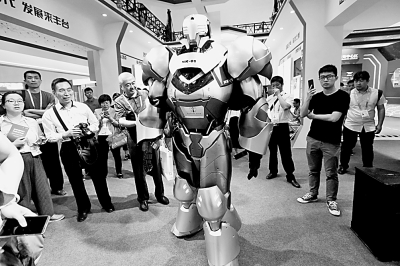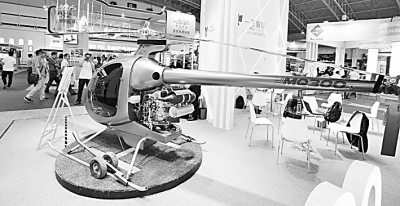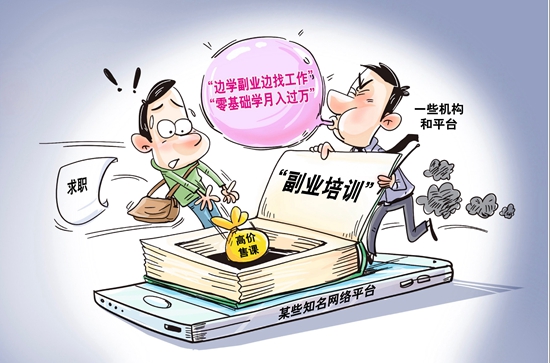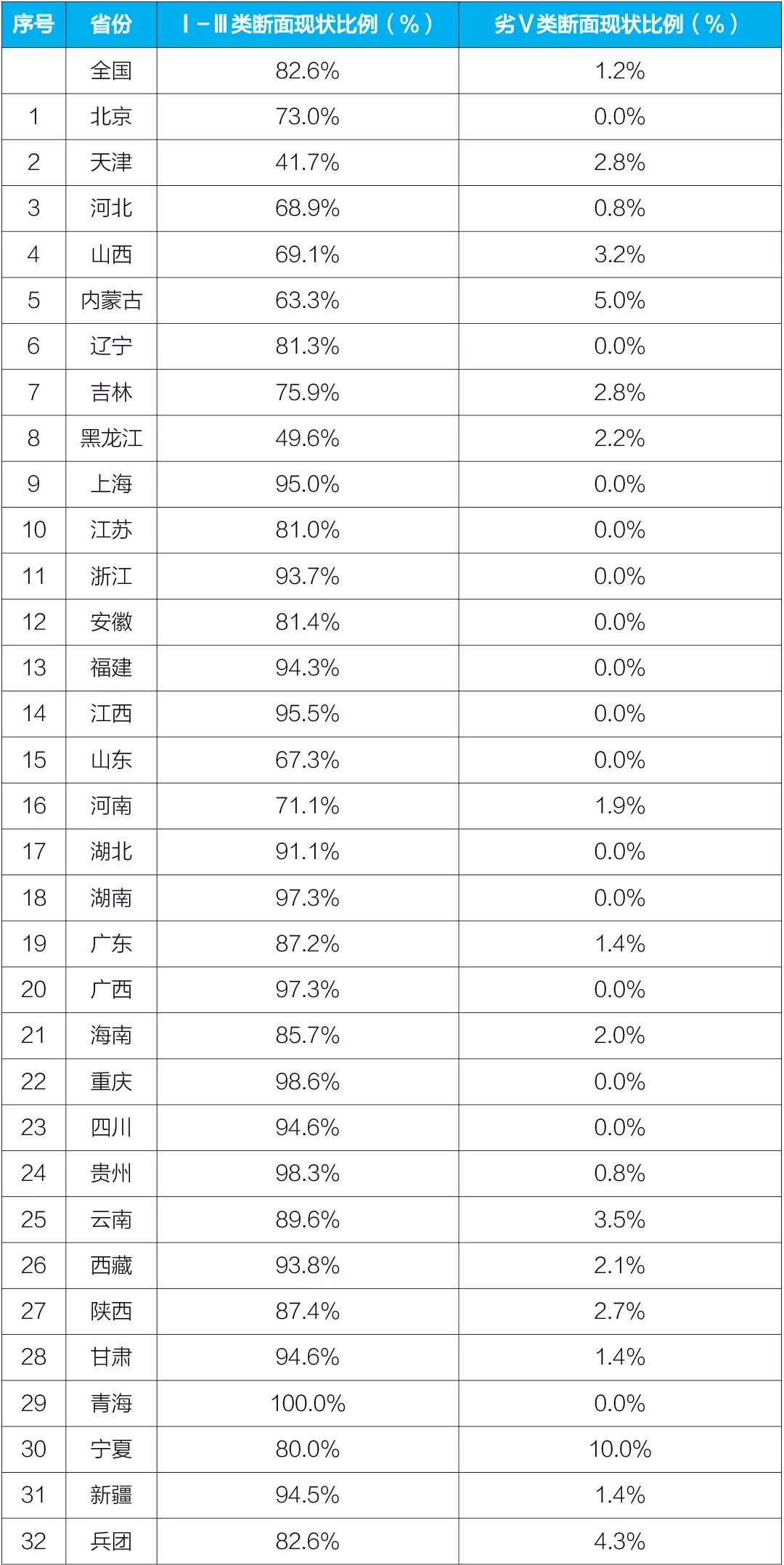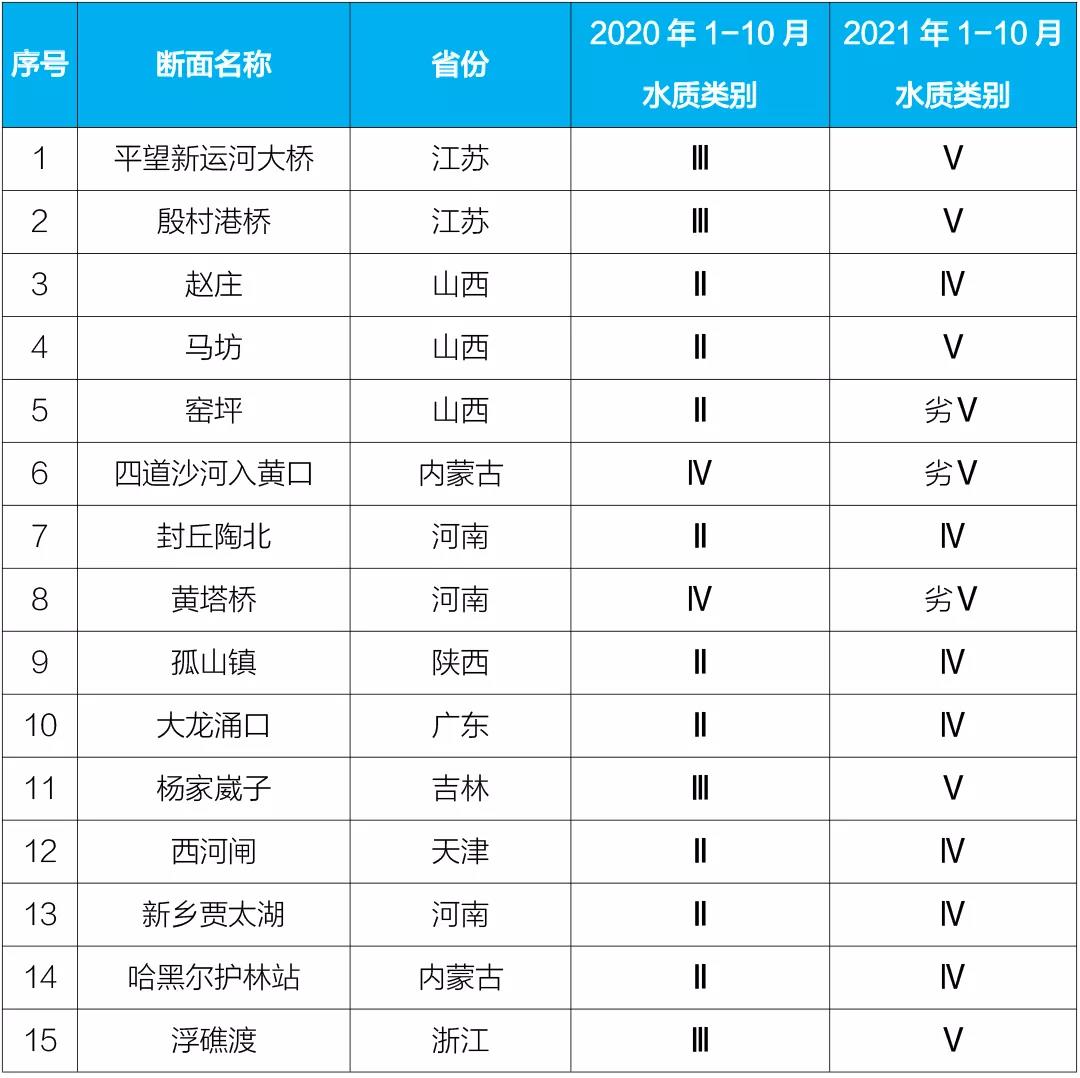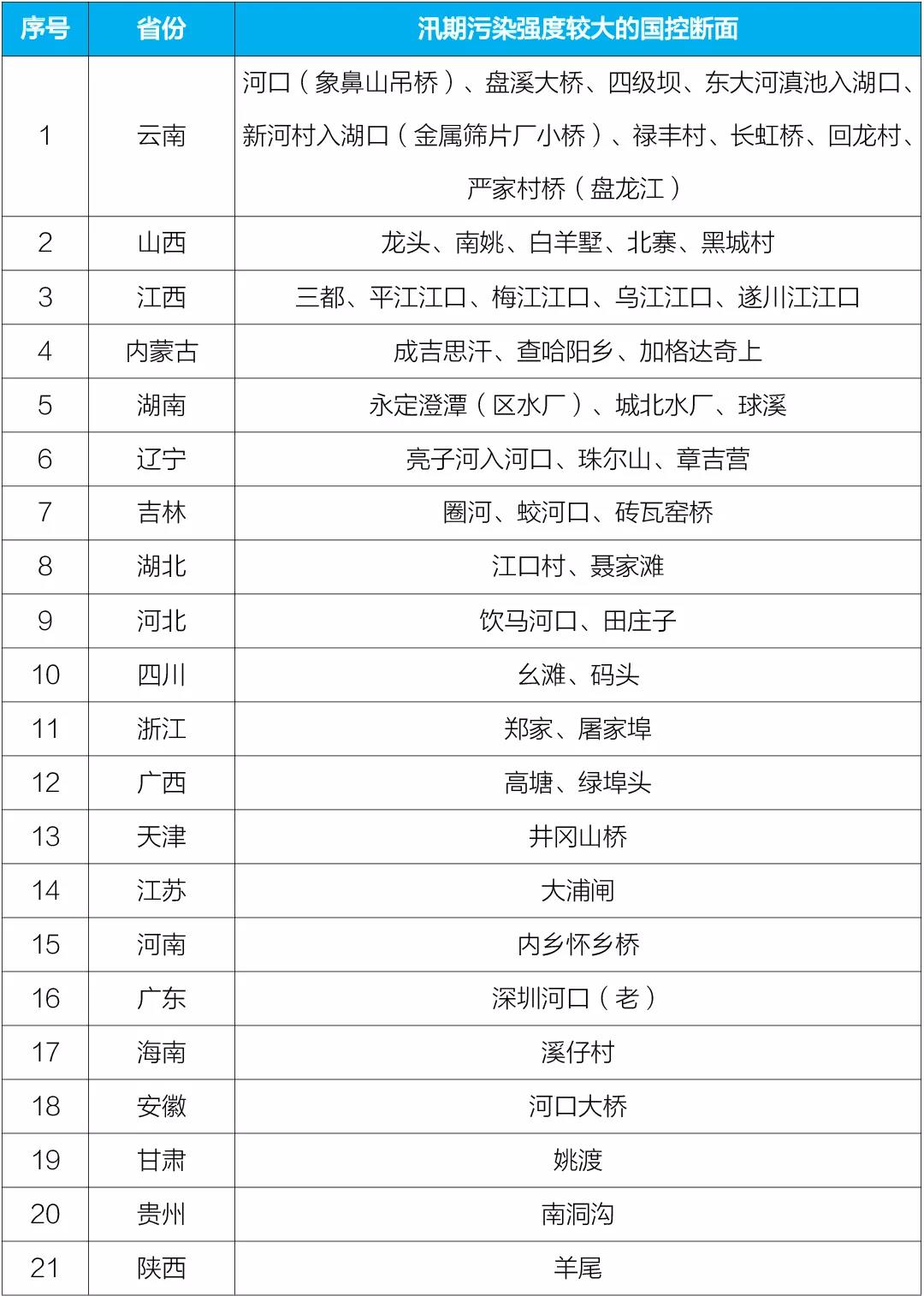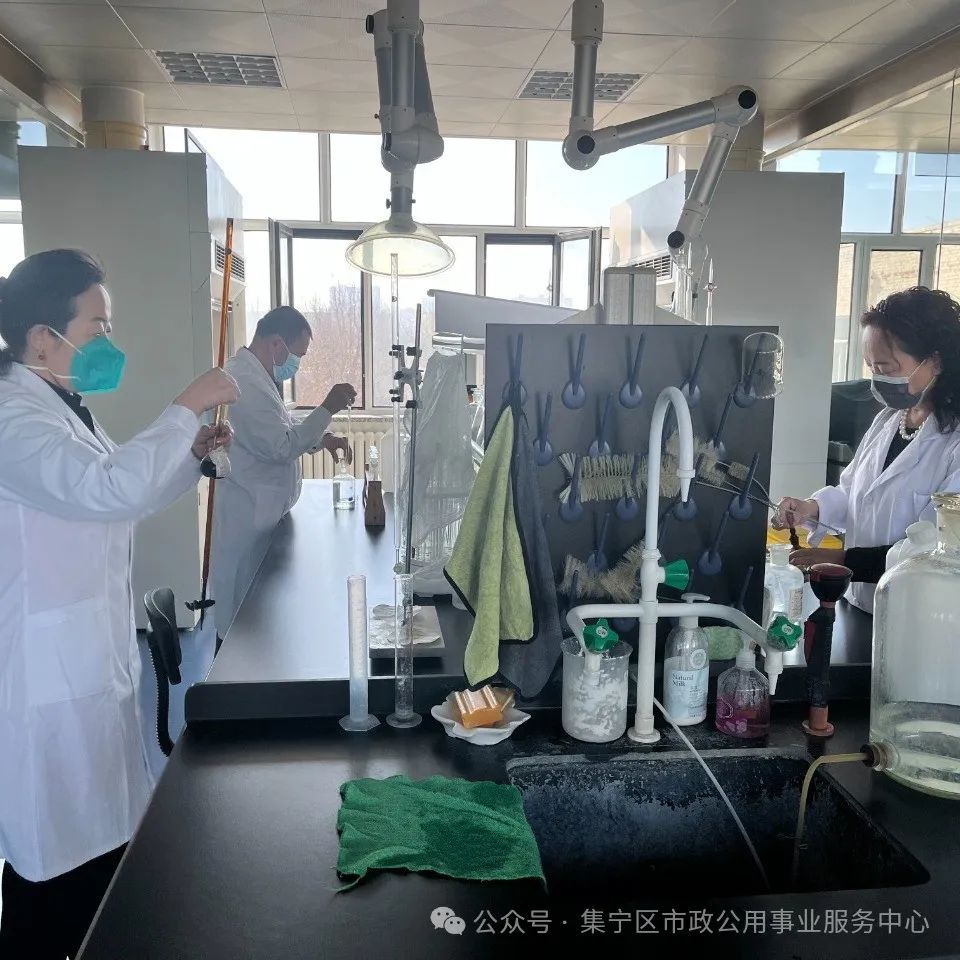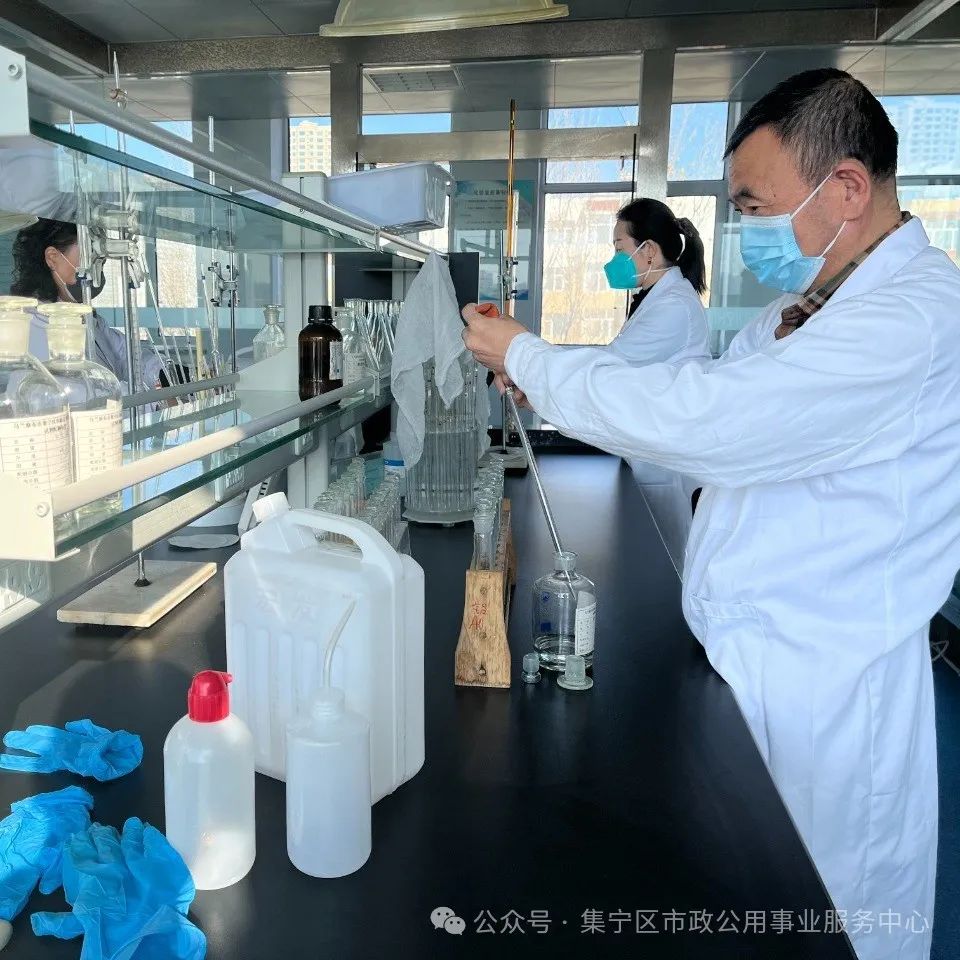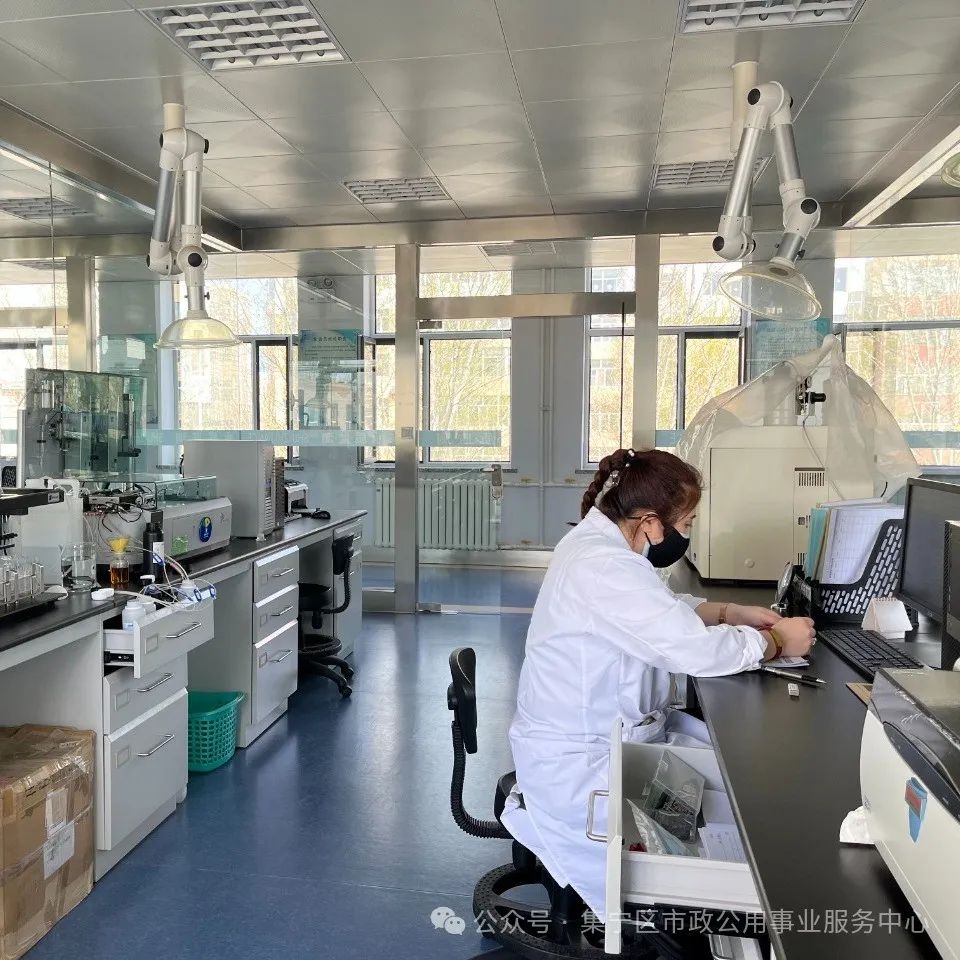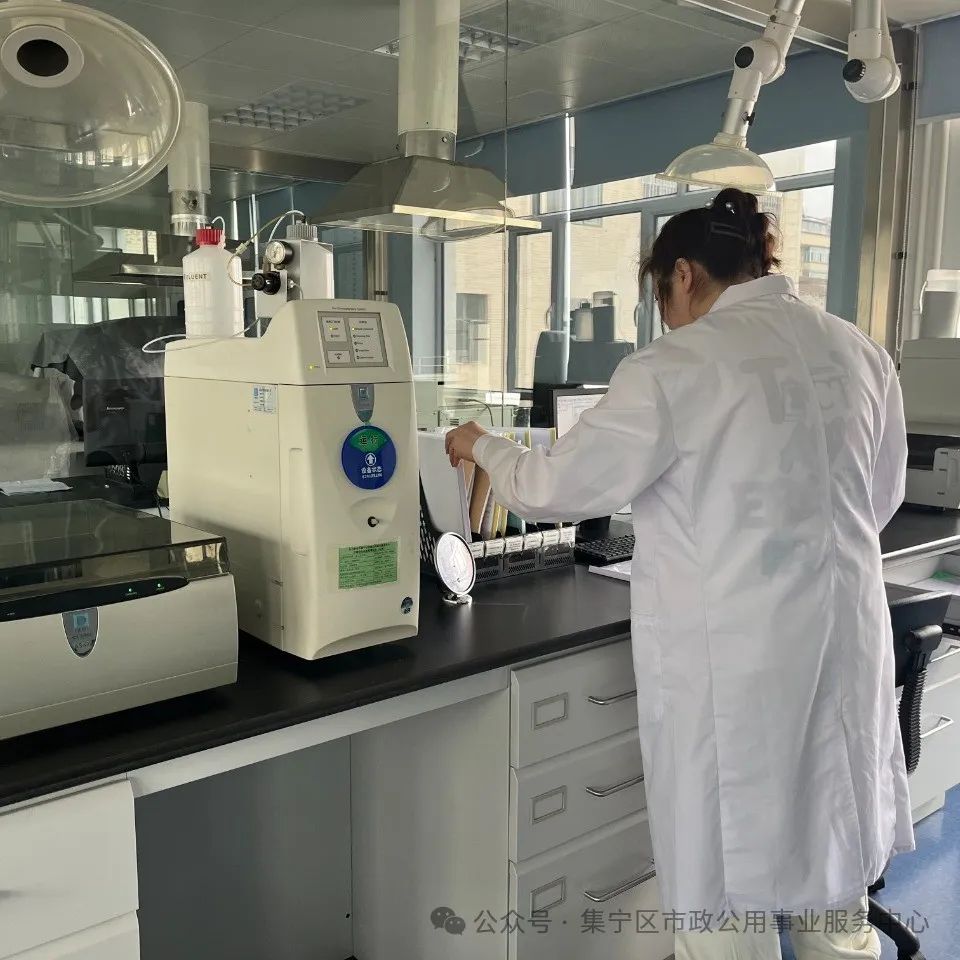catalogue
I. Preface
Second, political responsibility
Third, the position construction responsibility
Fourth, the service responsibility
Five, the responsibility of humanistic care
VI. Cultural Responsibility
Seven, safety responsibility
Eight, moral responsibility
IX. Responsibility for safeguarding rights and interests
X. Legal Management Responsibility
Xi. Postscript
I. Preface
1. Media profile
China Media Group (CMG) was officially listed on April 19, 2018.
In 2023, the Central Radio and Television General Station solidly and effectively implemented the spirit of the important instructions of the Supreme Leader General Secretary and the decision-making arrangements of the CPC Central Committee, strived to blaze new trails, and further enhanced its leading power, communication power and influence at home and abroad. By the end of 2023, there were 51 TV channels and 22 sets of internal broadcasting frequencies; Adopt 68 communication languages and build nearly 200 overseas sites to build an overseas communication pattern all over the world; Operation and maintenance of 19 new media clients such as CCTV News, CCTV Video, CGTN and Yunting, and 3 central key news websites such as CCTV, Yangguang.com and International Online.
2. The concept of social responsibility
The Central Radio and Television General Station always insists on guiding all work with Socialism with Chinese characteristics Thought of the Supreme Leader in the new era, profoundly understands the decisive significance of "two establishment" and builds a solid ideological foundation to push "two maintenance" to a new level. Earnestly fulfill the responsibility and mission of the Party’s ideological center and the national radio and television station, be a good participant, witness and narrator of the development of the Party and the country in the new era and new journey with responsible media and professionalism, strive to create a world-class new mainstream media with strong leading power, communication power and influence, and contribute to the grand cause of Chinese modernization.
3. Awards
In 2023, nearly 100 works and projects of the Central Radio and Television General Station won the China News Award, the China Radio and Television Award, the Magnolia Award, the Asian Broadcasting Federation Award and other key awards at home and abroad. Forty-three collectives and individuals have won national awards such as the National Worker Pioneer, the National Youth Civilization, the National March 8th Red Flag Bearer, and the titles of national talents such as the government special allowance experts of the State Council.
Second, political responsibility
1. Political direction
(1) "Headline Project" is innovative and brilliant, which promotes the propaganda of leaders’ thoughts and charm to be more grounded and more deeply rooted in people’s hearts.
Adhere to the standard that the height of the leader is the height pursued by propaganda and reporting, successfully complete the coverage of the important activities of the General Secretary of the Supreme Leader, and present the charisma of the General Secretary of the Supreme Leader as a leader of a big party and a big country with a large number of initial, exclusive, in-depth and original reports. Live broadcast of 40 major political events throughout the year; The whole network launched 747 news bulletins, a year-on-year increase of 28%.
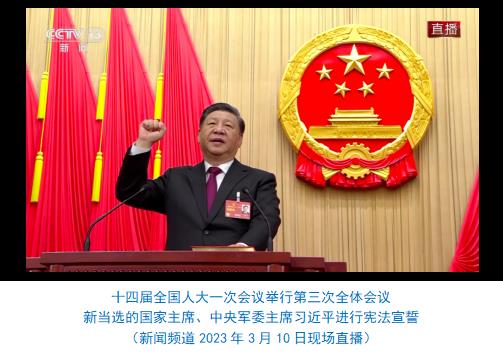
In the report of the first meeting between China and the United States in San Francisco in 2023, all 32 important news of the reception desk achieved the world premiere. Mainstream media in many countries have repeatedly quoted the reception signal and the content of News Network in live programs. The cross-media reading of President Xi’s trip to San Francisco has reached 8.309 billion times.
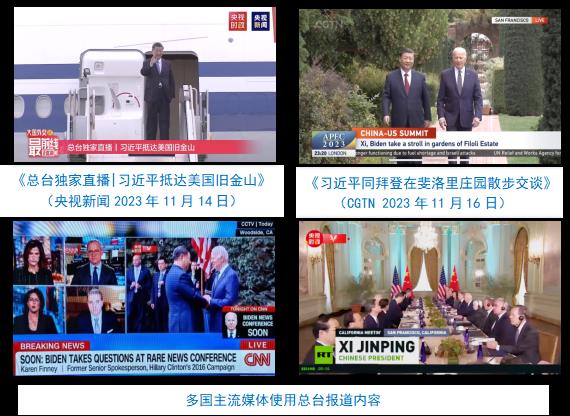
Explain new ideas in a new voice, eulogize a new era with new communication, and inspire a new journey with new vision.A large number of excellent programs such as Extraordinary Pilot 2022, Cultural Love of the Supreme Leader, Meeting the Supreme Leader and The Story of the Supreme Leader were launched. The feature film Drawing Ten Years (Pilot International Edition) covers 395 million users worldwide. The multilingual version of Allusions Favored by the Supreme Leader (Season 2) has been broadcast in more than 80 countries around the world, and the effectiveness of the external communication of leaders’ reports has been significantly improved.
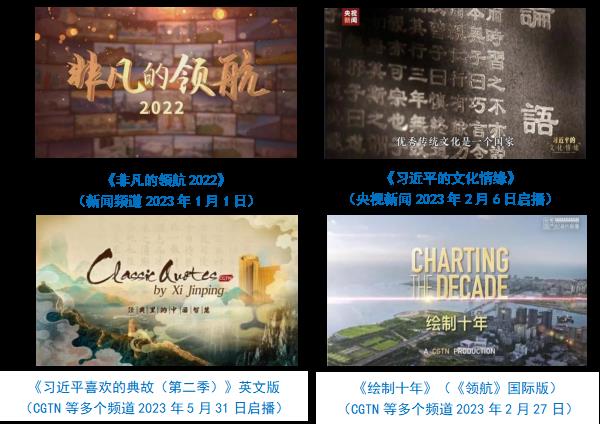
Integrate the media into the matrix and brand of current political products.More than ten kinds of products, such as news eye of current affairs, micro observation of current affairs, long lens of current affairs, micro record of current affairs, study card, and the forefront of diplomacy of big countries, constitute the current affairs communication matrix of the main station. The brand influence of CCTV Quick Review, International Sharp Review, Yuyuan Tan Tian, Riyue Tan Tian, Voice of Greater Bay Area Hot Review, Straits Times Review and other reviews continued to increase.
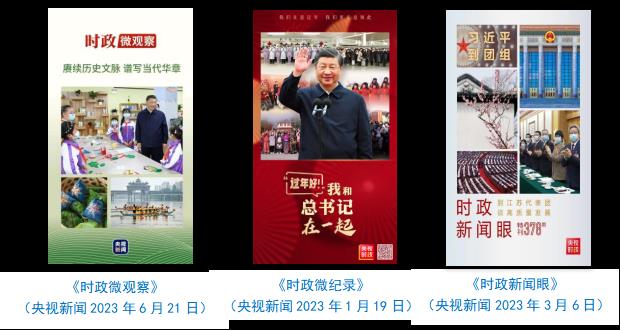
(2) There are many bright spots in major theme publicity reports, which continue to consolidate and expand mainstream public opinion.
Chinese-style modernization propaganda and interpretation are vivid and wonderful.New Forms of Human Civilization — — Special programs such as "Chinese Modernization" and "Striving for a New Era" are vivid in content and widely spread. Key news columns such as News Network and News and Newspaper Summary have launched special plans such as "New Era, New Journey, New Weiye" and "Doing Hard, Consolidating the Foundation and Revitalizing the New", showing the new practice, new atmosphere and new prospect of thoroughly implementing the spirit of the 20th Party Congress in various industries all over the country.
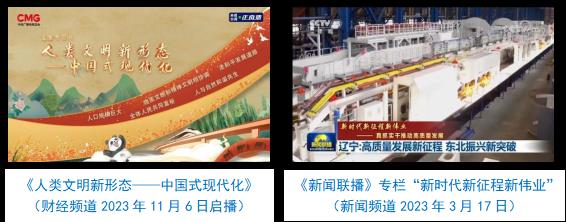
Successfully completed the theme report of major events.For the first time, the "channel" reports of the National People’s Congress and the National People’s Congress were produced and broadcast in full process and all elements in 4K, and hundreds of creative, lively and smart media products were launched. Covering China-Central Asia Summit, Boao Forum for Asia, China International Import Expo and other major events in an all-round, multi-level and multi-angle way shows that China has injected more certainty and positive energy into world peace and development.
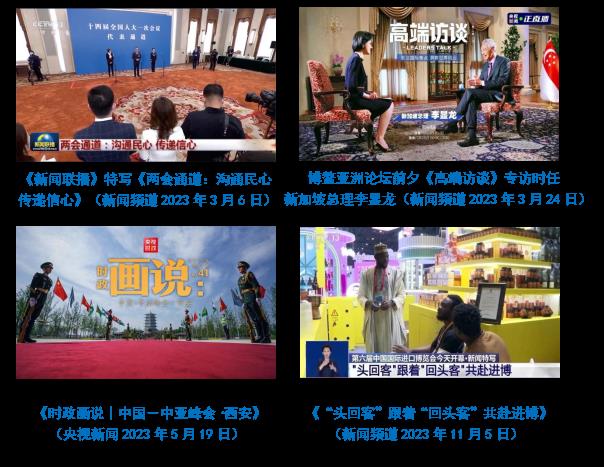
Panorama shows the fruitful achievements of the tenth anniversary of the "Belt and Road".During the third "One Belt, One Road" international cooperation summit forum, the general station launched 40 news bulletins on the whole network, which became the global "source news". Programs and reports such as The Road to Prosperity, Beauty and the United States, Silk Road Scrolls, and Common Construction comprehensively reflect the extraordinary course of building the Belt and Road Initiative from drawing blueprints to taking root.
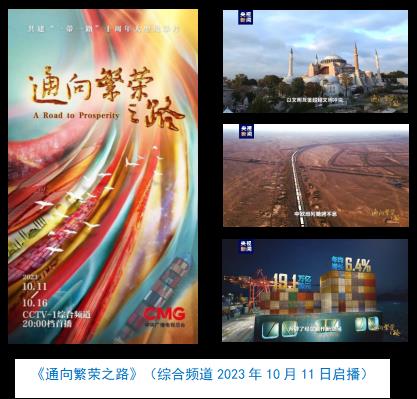
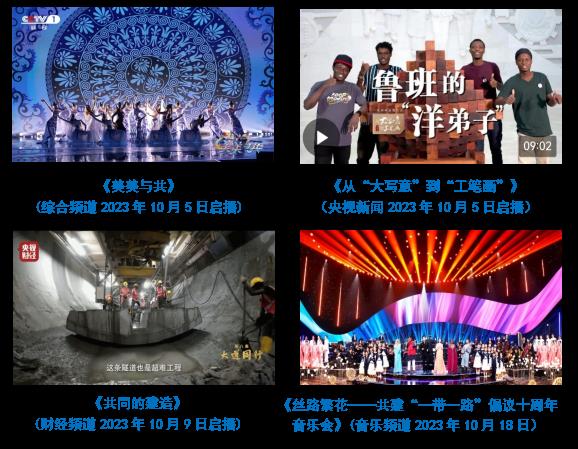
Do a good job in thematic education reporting with high quality and high standards.Audio-visual key columns such as News Network, News and Newspaper Summary and National News Network launched columns such as Studying and Implementing the Theme Education of Socialism with Chinese characteristics Thought of the Supreme Leader in the New Era, Strengthening Party Spirit with Learning Thoughts and Building New Achievements with Practice, and party flag Flying High at the Grassroots Level, showing the characteristics, typical practices and progress of theme education activities of various localities and departments throughout the process.
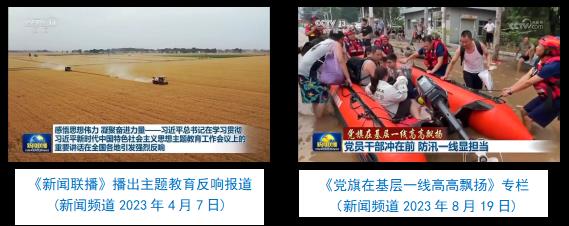
Many breakthroughs have been made in the broadcast reports of international large-scale sports events.For the first time, the service of the main broadcaster of the Asian Games was completed, and the international public signals and related media services were provided to the whole world with 4K/8K standards for the first time. The related reports of the Hangzhou Asian Games reached an audience of over 41.4 billion people on the whole network of the main station’s own platform, setting a new record for Asian Games broadcasting. The coverage of the Chengdu Universiade provides international public signals to the whole world in full 4K standard, which is the first time that China’s media organizations undertake the service of the main broadcaster of the World Universiade.
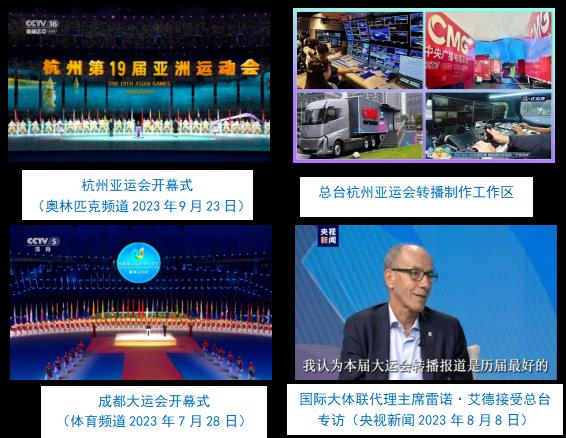
2. Public opinion guidance
Present the vitality of China’s economic and social development from multiple angles.Topics such as High-quality Development Research Bank, China’s Theory of Economic Confidence, First-line Research to See the Start, Specializing in Innovation and Manufacturing Power, and Vibrant China were published to reflect the strong resilience and growth potential of China’s economy from multiple angles and levels. Organize a series of activities such as "China Brand Day Media Action", "China Good Life City Release Ceremony" and "2023 CCTV Financial Forum", and jointly hold consumer season activities in Beijing, Tianjin, Hebei, Shanghai, Guangdong-Hong Kong-Macao Greater Bay Area and other places to give play to the advantages of integrated communication and stimulate the vitality of online and offline consumption.
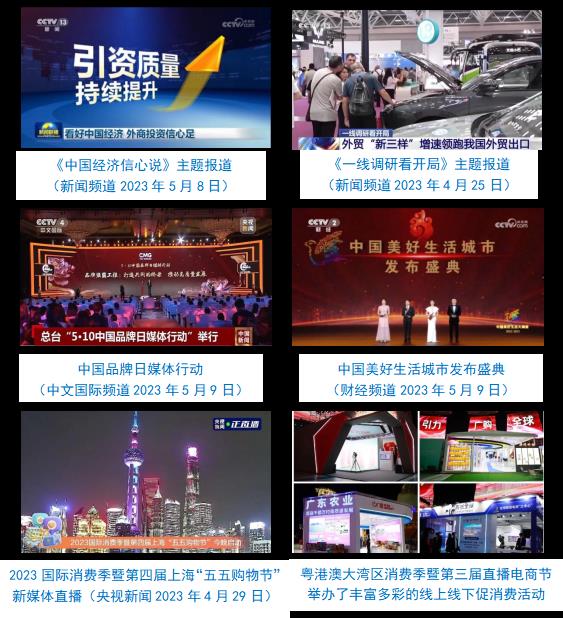
Continue to strengthen the guidance of public opinion on hot events.In hot events with high public concern, such as Hu Xinyu’s disappearance, cross-border telecom network fraud, the peak of children’s respiratory diseases, personal information protection, and chaos in webcasting, in-depth investigations, exclusive interviews, and timely voices were conducted to effectively guide public opinion and ease public sentiment.
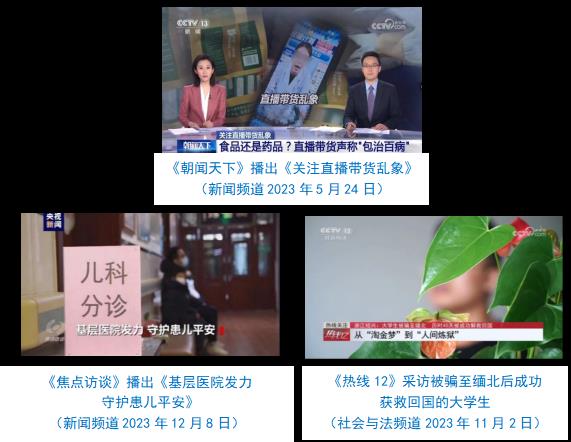
3. Public opinion supervision
Public opinion supervision is long-term and normalized, effectively promoting problem solving.CCTV News Channel and China Voice of Yangguang launched a number of in-depth investigation reports on illegal mining, pension fraud and excessive "landscape lighting project", which aroused widespread concern in society and promoted the gradual and proper solution of related problems. "3.15" special programs and "Weekly Quality Report" focus on new hot spots and new phenomena in the field of consumer rights protection, helping to create a good healthy economic ecology.
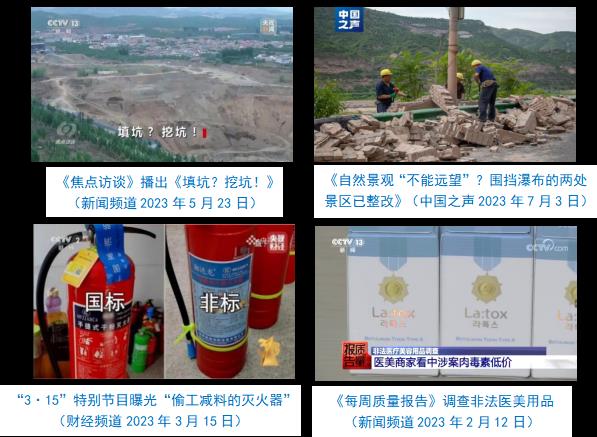
4. External communication
The report of the main station has repeatedly become a global source.The global premiere rate of major international news reached 27.5%, and more than 3,400 news items were adopted by nearly 2,500 TV stations and new media platforms around the world. In the new round of conflict reports between Palestine and Israel, the reception desk was one of the first foreign media to arrive at the news site. After the establishment of diplomatic relations between China and Honduras, the Headquarters immediately sent reporters to Hong Kong to report, and set up the first China media correspondent station in Hong Kong.
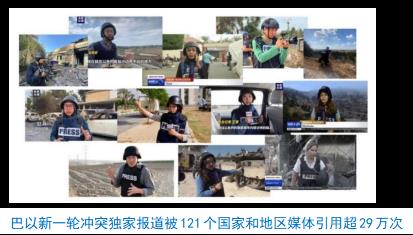
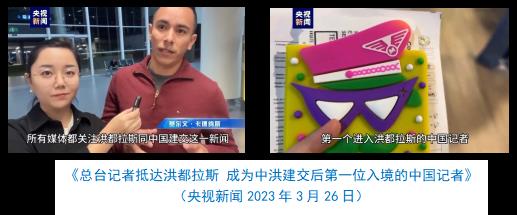
Effectively and effectively guide international public opinion.We launched heavy feature films such as Democracy: the Common Value of All Mankind, Fentanyl, and other review brands such as International Sharp Review, Voice, Yuyuan Tan Tian, which effectively guided international public opinion. Full coverage of the combat readiness police patrol around Taiwan Island and the "United Sword" exercise in the eastern theater of our army from an all-round perspective strongly demonstrates China’s firm determination to defend national sovereignty and territorial integrity.
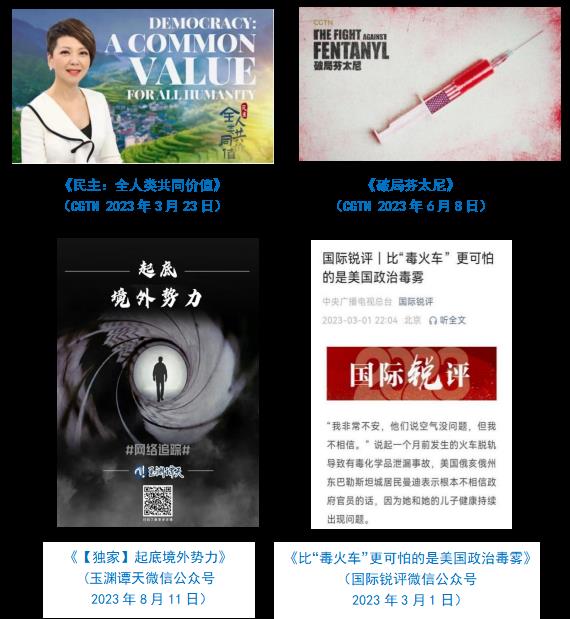
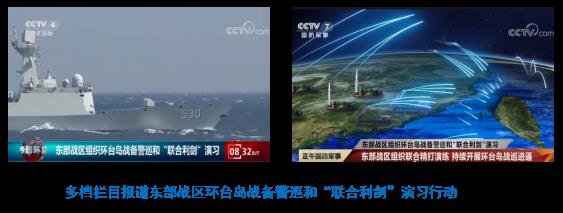
Innovatively carry out "media diplomacy" and establish a broader "United front" of international media.Following the diplomacy of the head of state, 58 cooperation agreements were signed with foreign government agencies and mainstream media. Extensive cooperation was carried out with national media and institutions that jointly built the Belt and Road Initiative, and 14 important achievements were included in the list of achievements of the third Belt and Road International Cooperation Summit Forum. Hold the second global media innovation forum, the global tour of "How to be civilized", "Chinese modernization and the world" and the friendly dialogue between China and the United States.
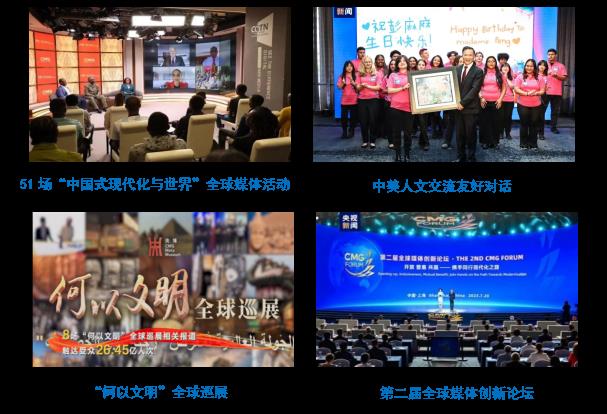
Third, the position construction responsibility
1. The construction of media communication matrix has achieved remarkable results.
The main station closely revolves around the strategic layout of "5G+4K/8K+AI", and helps media integration with scientific and technological innovation, and the large and small screens resonate at the same frequency to maximize the benefits of the media communication matrix. In 2023, the overall viewing share of the TV channel of the main station continued to lead the national market, among which the viewing share of CCTV-1 ranked first in the country, hitting a new high in the past nine years. The influence of new media platforms such as CCTV news, CCTV video, Yunting, CCTV, Yangguang. com and International Online has been continuously improved. Among them, the installed capacity of the cloud listening car terminal exceeds 79 million.
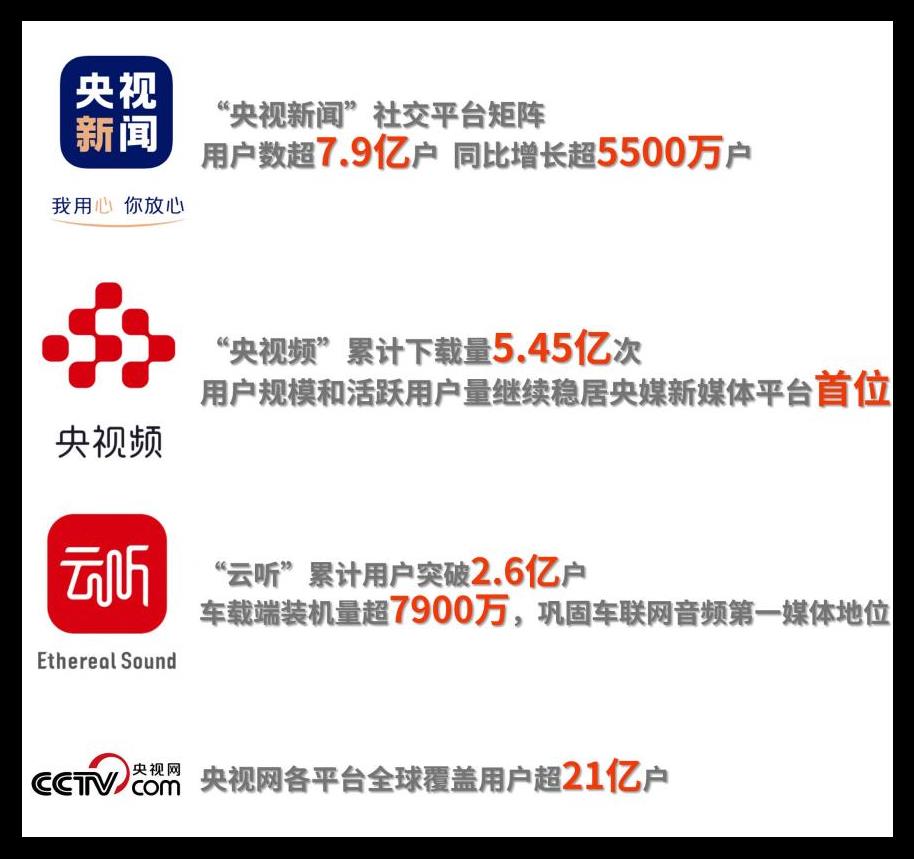
2. Continue to deepen the construction of all-media production and communication system.
Basically form a global Unicom’s "cloud and network integration" technical framework, and complete the "one network" construction of basic resources. "Hundreds of cities and thousands of screens", "the algorithm of the main station" and "the big model of CCTV listening to media" provide solid technical support for the fusion and presentation of program content and multi-terminal communication. Breakthrough achievements have been made in the infrastructure construction of ultra-high-definition video and audio production and broadcasting systems, such as the ultra-high-definition demonstration park at the main station and the State Key Laboratory. Four technical proposals for ultra-high-definition TV have been accepted as international standards by the International Telecommunication Union, and "8K ultra-high-definition+three-dimensional brilliant color sound" brings immersive experience to the audience.
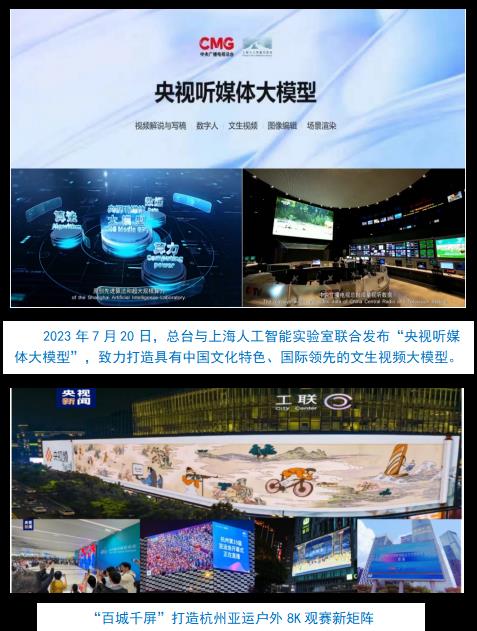
3. Media products have many bright spots.
Focus on creating a media-melting product with youth, immersion, extreme creativity and "circle-breaking" effect. On the digital platform of "Yangbo" of the Digital Culture and Art Museum at the main station, "Looking at National Treasures at 12K Macro" appeared as the core element in the 12K immersive digital global tour of Sanxingdui. Young people, Wenbo Calendar, Millennium Tune Landscape Flowers and Birds in Song Dynasty, Musical China: An Open Course of Chinese Traditional Musical Instruments and other media products are used to express young people and enhance the influence of Chinese civilization. The total broadcast volume of China Short Video Conference, a large-scale integrated media program, is nearly 1 billion. The live broadcast of "Watching Village Super Together" helped the development of mass sports, with nearly 60 million viewers in the central video.
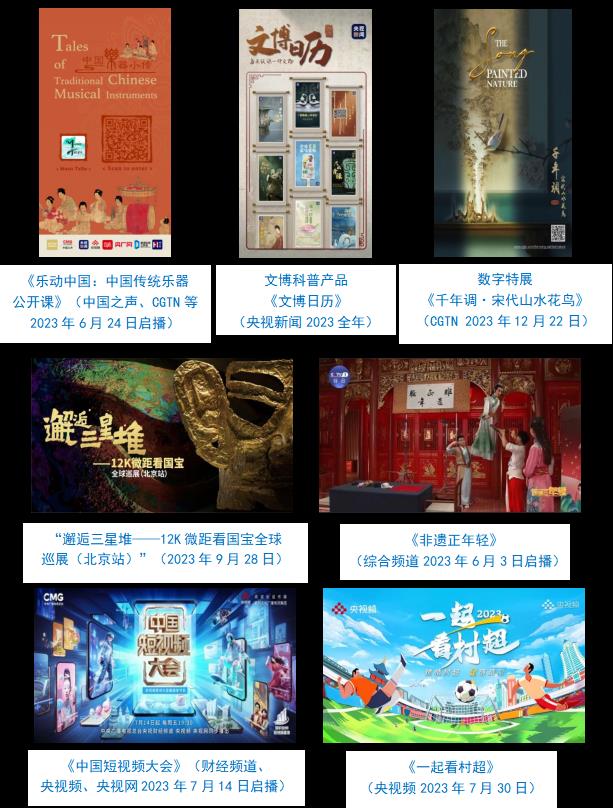
Fourth, the service responsibility
1. Information services facilitate the people and benefit the people.
Live broadcast of the series of press conferences on the theme of "the opening of authoritative departments", and do a good job in interpreting policies such as the No.1 Document of the Central Committee in 2023. Timely launch traffic, weather, consumption, health and other information reports and special programs. "Healthy China" and "Life Circle" spread health knowledge. Media activities such as "volunteering to fill in the report and looking at the high-tech recruitment office here to make a brilliant move" provide a guide for college entrance examination students to choose a school.
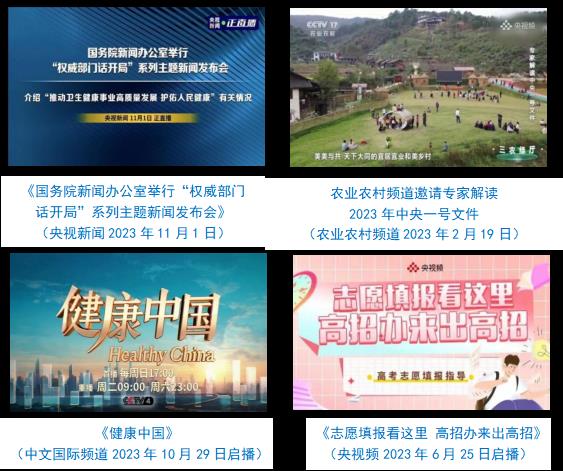
2. Actively perform social service functions.
Public service platform solves people’s urgent difficulties and worries.National emergency broadcasting strengthens emergency management news propaganda and emergency popular science propaganda, effectively raising public safety awareness. The rural service agency, a platform for helping agriculture through the media, opened up the "last mile" of communication to agriculture. Activities and reports such as "Struggle for China’s Employment Action" and "Thousands of Jobs and Hundreds of Jobs" help high-quality full employment.
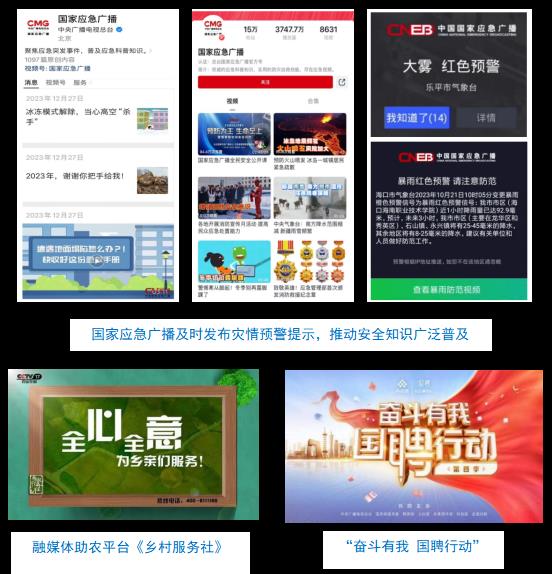
Solidly promote the service of public think tanks.The National E-sports Development Research Institute of the General Station was established, and the first technical specification on the production and broadcasting of e-sports events in China, the Production Specification of Asian Games E-sports Events, was issued. Cooperate with China Renmin University to build the "Institute of International Communication in the New Era", and publish the blue book of global public opinion and public opinion tracking research, China in the eyes of the world: ideas, achievements and future. The overseas polls published by CGTN think tank cover 68 languages. In 2023, 42 polls and 13 poll features were published, and the global reading volume exceeded 95.9 million times.
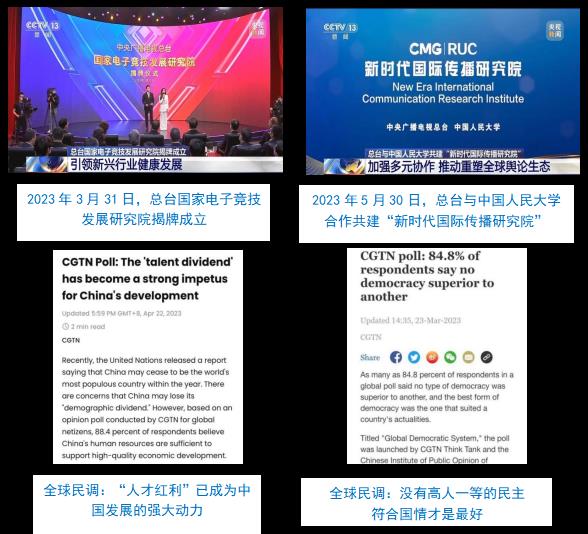
3. Public welfare activities have achieved good results.
Produce and broadcast public service advertisements.Around the themes of Chinese modernization, "Ten Million Projects", rural revitalization, ecological civilization and national unity, 85 TV and radio public service advertisements were created, with a total of 108 versions, which were broadcast nearly 540,000 times on 17 TV channels and 16 sets of broadcasting frequencies in the main station.
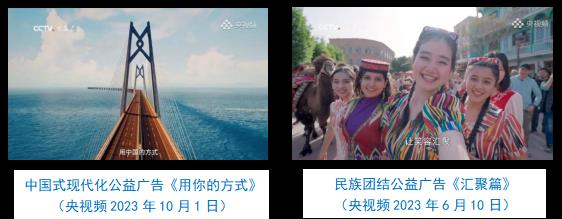
Boost rural revitalization.Designated to help Xide County, Sichuan Province, and trained 2,602 grassroots and technical personnel in Xide throughout the year. The total sales of Xide public welfare live broadcast of "Celebrating Harvest" reached 160 million yuan. A trip to revitalize China in the countryside, the county is starting, the home between mountains and rivers (the second season), Celebrating the harvest and promoting beauty — — China Farmers’ Harvest Festival Evening and other programs and activities tell the story of rural revitalization from many angles, and boost the development of county economy.
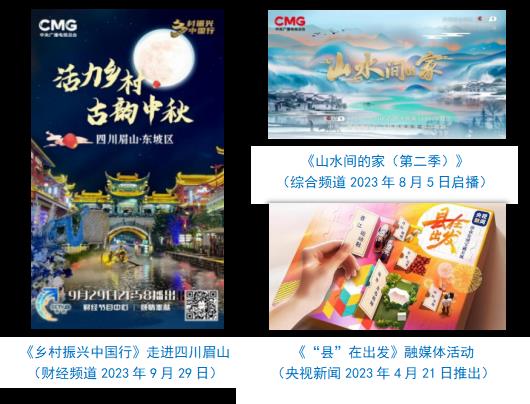
Organize charitable fund-raising and voluntary service.Donate goods to the New Age Civilization Practice Centers in Beijing and Shanghai, and actively participate in charity donation activities such as "happiness project" and "Constant Love Action". We will continue to carry out public welfare activities such as "Luming Literature Classroom", "Mind Cinema" and voluntary blood donation, as well as voluntary services such as legal popularization and voluntary tree planting. Two collectives and two employees of the reception desk won the "Four 100" advanced model of learning Lei Feng’s voluntary service in China.
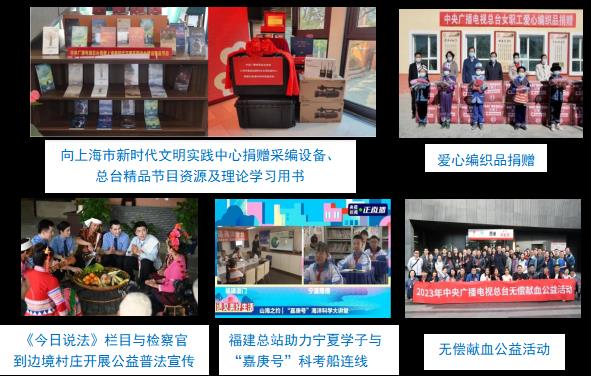
Five, the responsibility of humanistic care
1. People’s livelihood reports are closely related to people’s needs.
Multi-platforms pay attention to reporting the hotspots of people’s livelihood such as employment, medical care, education, and old-age care, timely release convenience measures, and accurately interpret national policies. News reports and special programs reflect the efforts and achievements made by all walks of life in safeguarding the rights and interests of special groups, and show the people’s sense of gain, happiness and security in the new era.
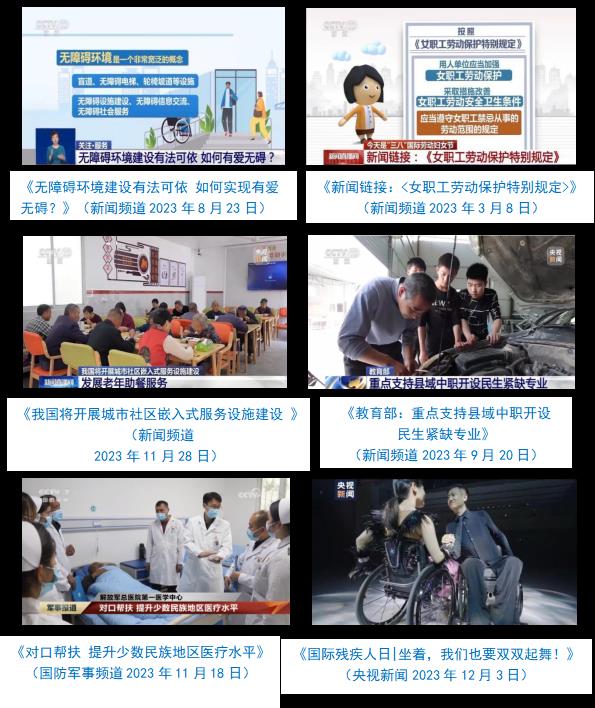
2. Disaster and accident reports highlight humanistic care.
In the reports of disasters and accidents such as extreme rainfall in Beijing-Tianjin-Hebei and Northeast China, the Jishishan earthquake with a magnitude of 6.2 in Gansu, the gas explosion in Ningxia barbecue shop, the fire in Shanxi coal mine office building, and the collapse of Qiqihar Gymnasium in Heilongjiang, we will follow up the latest situation of disaster relief and mass resettlement in time and respond to social concerns at the first time.
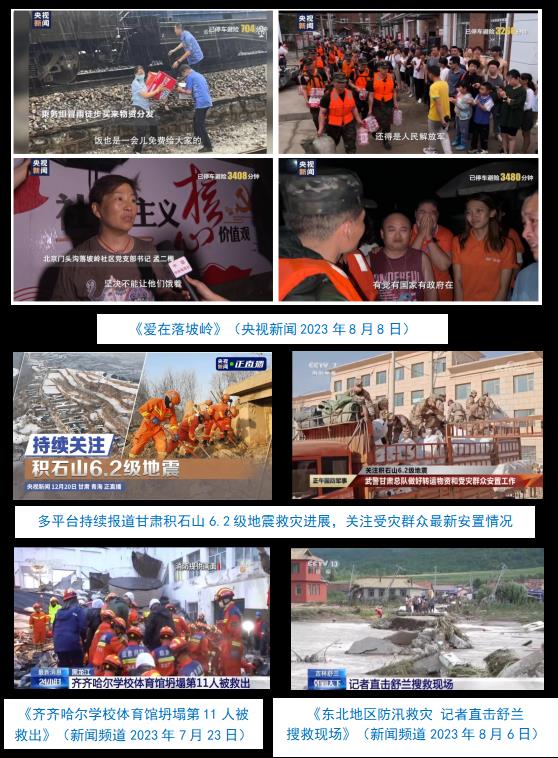
3. Special programs and reports inspire spiritual strength
Labor Creation of a Better Life, My Warm World, Walking towards Spring, Steaming China, China UP! (Season 4) "This young people are rushing to go to night school after work" and "A video full of backs to pay tribute to the anti-drug hero" sing the melody of the times and convey the spiritual power of upward goodness. The first lesson of school, sparkling teenagers (the second season), and I am a soldier today (the third season) advocate the all-round development of teenagers.
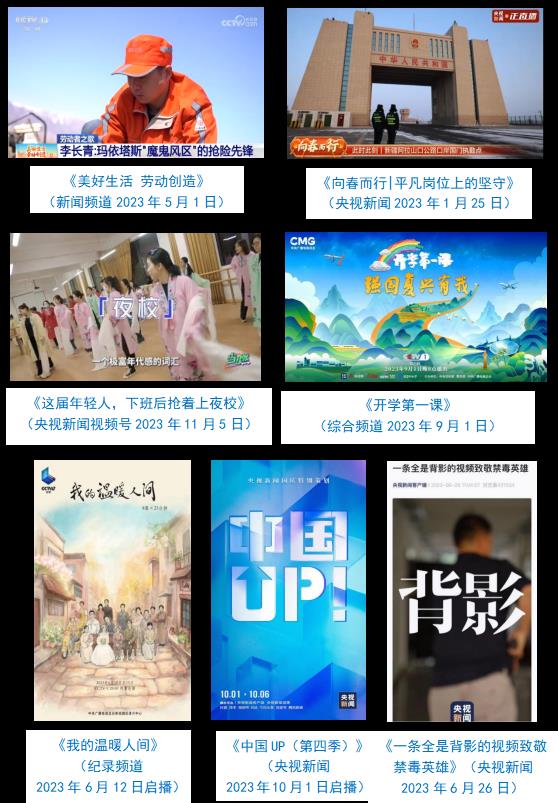
VI. Cultural Responsibility
1. Focus on cultivating and practicing socialist core values
Zhengfeng anti-corruption feature film "Always Blowing the Charge" and TV series The Knockout show the determination to strictly manage the party in an all-round way. Documentaries such as Chicheng, Loyal Bone, Heroes Go Home, TV series "The Road Fires" and "Pearl River Family" explain the red gene from generation to generation. Teleplays such as Our Days, Glory of Father’s Generation, Road of Life and Days of Chasing the Light show family warmth and enterprising life. Annual Inventory |2023, Together! "Annual Ring 2023" and other media products take stock of extraordinary moments in ordinary life.
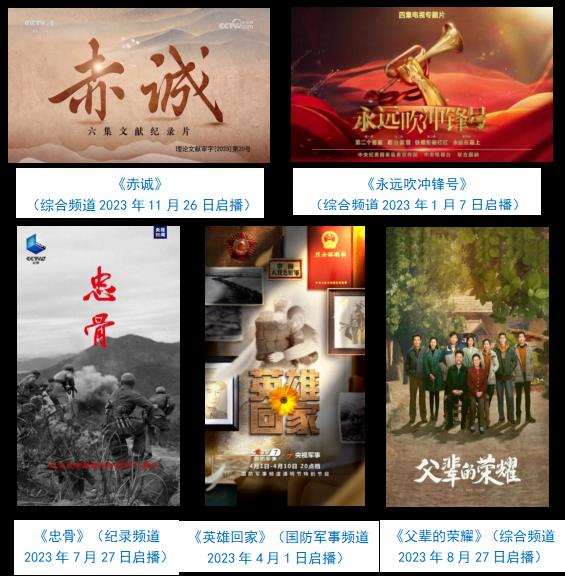
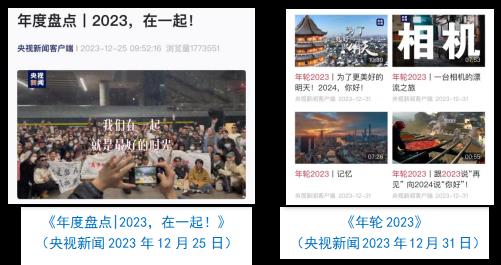
Programs such as "Chinese Dream, Labor Beauty", "Chinese Dream, National Conditions of Home", "Pursuing Dreams" and "My Home and My Country" build feelings of home and country together. The TV feature film Song of the Long March, Song of the Grand Canal and Song of the Yangtze River (Civilization) in the National Cultural Park is an epic of Chinese’s homeland. Documentaries such as Aerial Photography of China and Taiwan Province, Qinling Mountains in China: Memory of a Golden Monkey, and National Park: The Land of All Things Symbiosis present beautiful rivers and mountains and ecological beauty. The Cornerstone of a Great Country, Great Project, Wonderful China, China with Wisdom, Beams of Pillar, Lights for You, City of Youth, etc. tell about the fiery practice of the broad masses of workers and staff who love their jobs, strive for first-class, and strive to realize the Chinese dream.
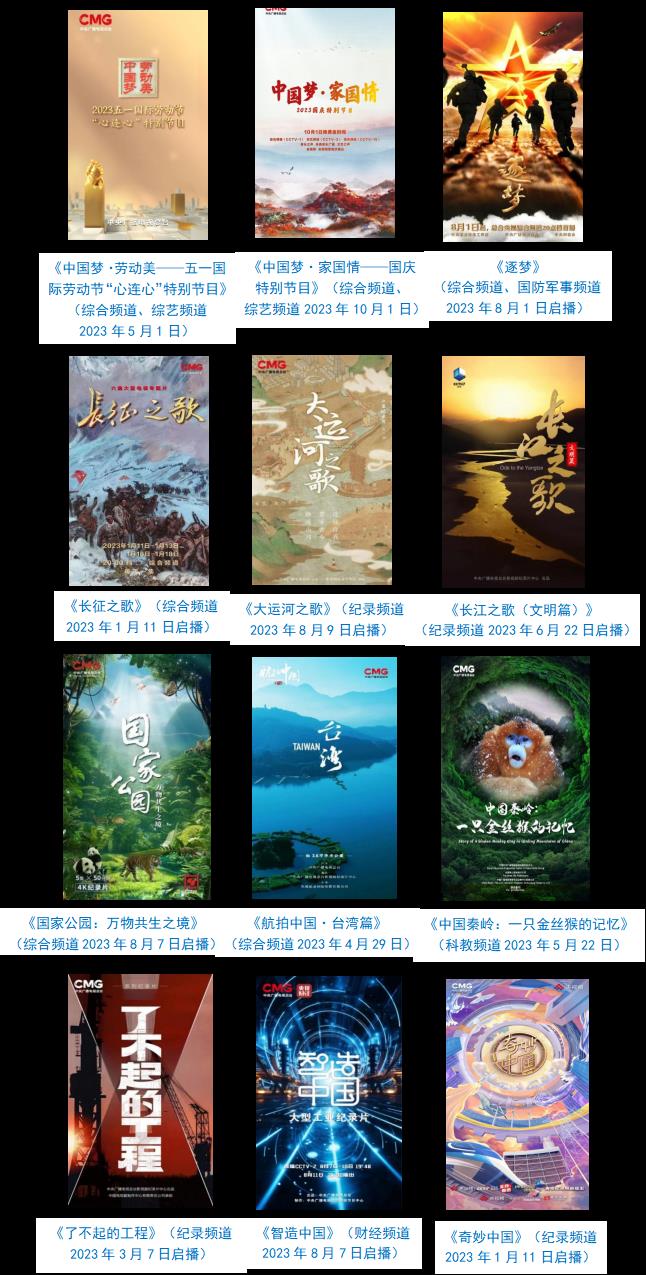
2. Promote the creative transformation and innovative development of Chinese excellent traditional culture.
Innovate and create a large number of cultural quality programs such as Exploring China with Bamboo Slips, Spring and Autumn Stories, Searching for Ancient China, China in Intangible Heritage, Biographies of the Master and Eight Masters in Tang and Song Dynasties, Rooting China, the First Young Peking Opera Actors Conference of CCTV, the China Calligraphy Conference, the China Rice Food Conference and the 2023 Chinese Poetry Conference, which fully demonstrate the excellent Chinese tradition.
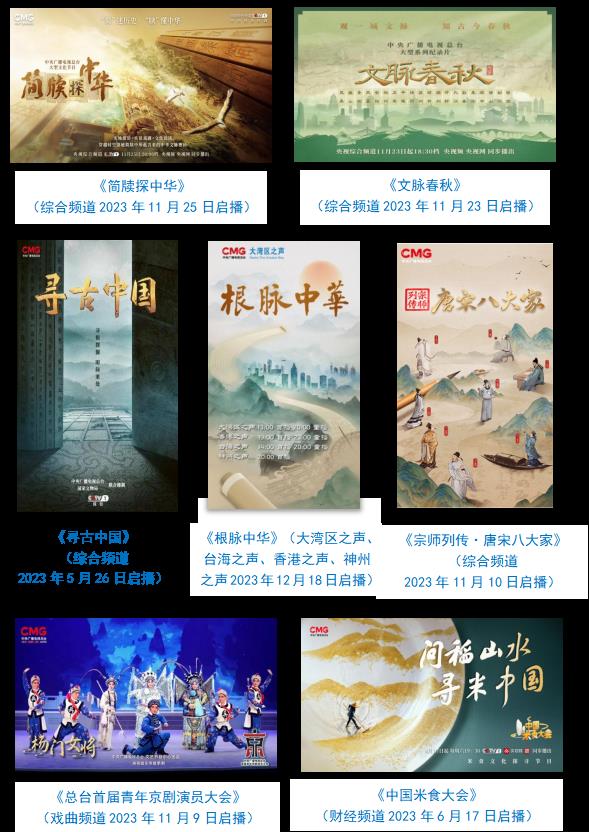
Special programs such as Spring Festival Gala in 2023, Lantern Festival Gala, Mid-Autumn Festival Gala, Blue Water Long Singing the praises of Duanyang, If you meet in seven days, you will be full of songs this evening, and the land of affection will make traditional festivals closely connected with modern life, and glow the vitality of Chinese culture.
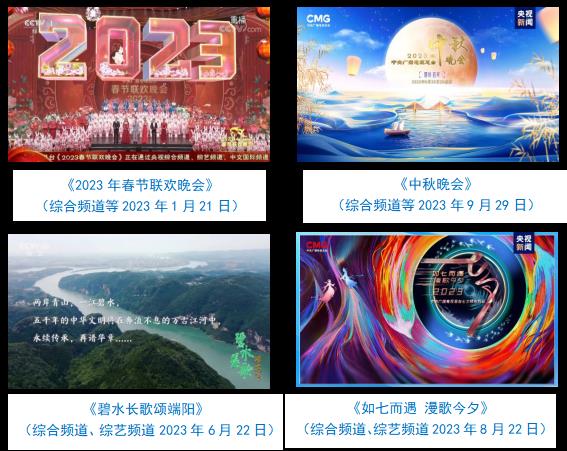
Co-sponsored the "Five Major Film Festivals" in Beijing, Shanghai, Changchun, Hainan Island, the Silk Road and China International Cartoon & Animation Festival, and launched the First Annual Festival of China TV Drama by CMG, the Festival of National Tide, The Original Sound — — China Folk Song Festival and other large-scale activities, continue to build cultural brands and promote cultural innovation and development.
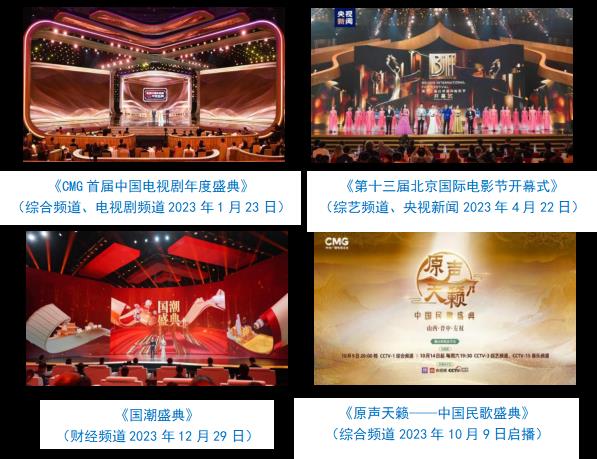
3. Promote the scientific literacy of the whole people.
Co-hosted the "2023 Science and Technology Innovation Conference", and continuously launched such program columns as "Special Report on China Space Station in 2023", "Dianzan 2022 Popular Science China", "Innovation in China" and "Innovation in Progress" to cultivate fertile ground for scientific and technological innovation with high-quality popular science propaganda. TV series and documentaries such as Three-body, Above the Moon: Dawn of Space Revolution, Top Lab, KU A! Cool Future and other media programs create a strong atmosphere of advocating science and being brave in exploration.
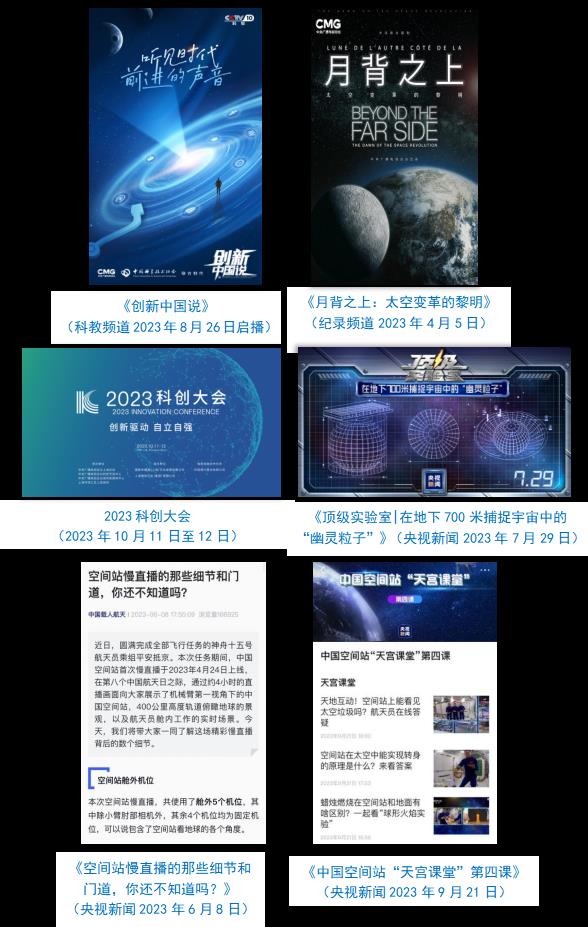
Seven, safety responsibility
Earnestly perform the duties of safe broadcasting. Strengthen guidance management and position control, the whole platform compacts the business process norms of "three trials and three schools" and "replay and retrial", and strictly implements the process management mechanisms such as daily pre-editing meeting, program monitoring and monitoring, and post-broadcast public opinion monitoring. Strengthen broadcast security, network security and data security, and continuously improve technical support to ensure independent and controllable capabilities.
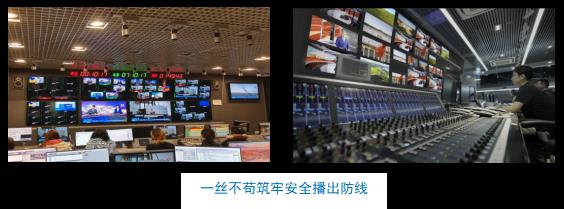
Eight, moral responsibility
1. Abide by professional norms
Strictly abide by the Code of Professional Ethics for Journalists in China, adhere to the principle of news authenticity, resolutely put an end to paid news, and resolutely resist vulgarity and kitsch. Respect original copyright protection, make full use of all-media copyright protection mechanism, and continue to carry out normalized infringement monitoring and rights protection of TV, radio and new media audio and video content.
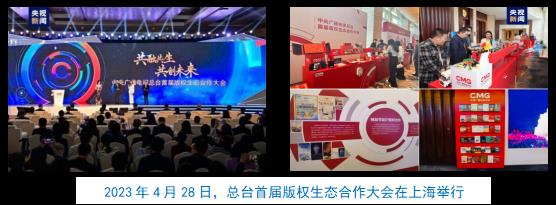
2. Maintain social morality
Programs such as Time Model Publishing Hall, Shining Name 2023 (the most beautiful series), Model 8 and China Backbone publicize the deeds of advanced typical figures and carry forward good moral style. People ruled by law in 2023, pride of chinese 2023, The Rule of China, The New Maple of the Rule of Law, Bright Sword 2023, Good China 2023, Safe Travel 2023, etc. comprehensively show the remarkable achievements China has made in the fields of rule of law construction and charity.
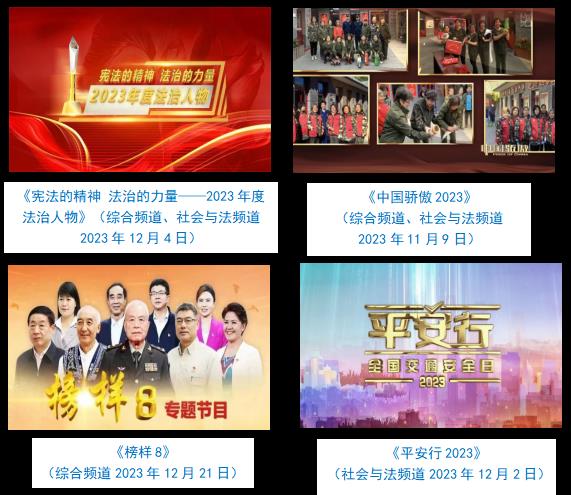
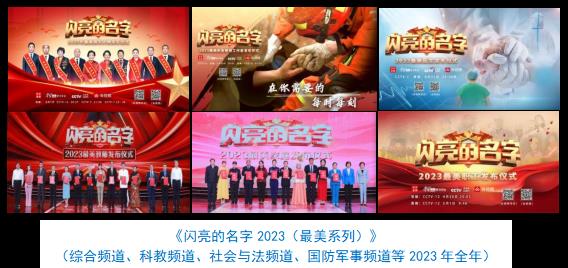
3. Accept social supervision
Strictly standardize the process of editing and editing, and news editors take the initiative to show their journalists’ cards to the interviewees. Widely collect feedback from audiences from all walks of life on the main station program. Open channels to receive complaints from the masses.
IX. Responsibility for safeguarding rights and interests
1 to protect the legitimate rights and interests of editors.
Support the protection of normal editing activities and pay attention to the career development of employees. Overall planning of personal commercial insurance projects, comprehensive optimization of accidental injuries, supplementary medical care and other claims services, truthfully declare the aid projects for journalists in China. Formulate emergency plans and safeguard measures, and make every effort to ensure the battlefield risk of employees stationed in war-torn areas.
2. Guarantee the remuneration and benefits of employees.
Standardize the signing of labor contracts, pay the "five insurances and one gold" on time, solidly promote the work residence permit, settle the points, and implement the statutory holidays and various paid holidays for employees. We will improve the mutual assistance mechanism for major diseases and expand the coverage. Strictly implement policies and regulations such as subsidies and high-altitude seniority subsidies, and add subsidies for hard and remote areas.
3. Standardize the management of press cards
In strict accordance with the requirements of the State Press and Publication Administration, do a good job in the management of journalists’ cards at the reception desk. In 2023, a total of 7,213 journalists’ cards were verified annually, 232 journalists’ cards were applied for, and 133 retirees’ cards were cancelled.
4. Create an all-media talent highland
We will continue to build a scientific and reasonable education and training system with the characteristics of the main station, with more than 139,000 person-times of training and more than 800,000 hours of study. Innovatively launch the first talent project of "Artisans at Headquarters", formulate the "Training Plan for Outstanding Young Cadres at Headquarters" and "Five-year Training Plan for Newly Recruited College Students at Headquarters", comprehensively optimize the "squatting seedling" mechanism for young business backbones, and further improve the growth chain of outstanding talents. Initially set up a "master" talent pool at the reception desk, implement a series of key talent projects such as the "Top Ten" and young talents at the reception desk, and build a broad and prominent professional talent growth ladder.

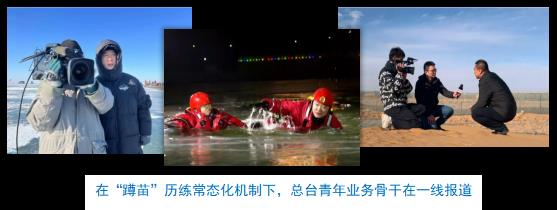
X. Legal Management Responsibility
Abide by relevant laws and regulations, standardize business activities, strictly implement the separation of news acquisition and advertising management, and strengthen the "firewall" of acquisition and management. Adhere to the principle of "management should also be oriented", ensure the examination, arrangement and broadcasting of advertisements, and adhere to the "gold standard" of advertisement examination at the general station.
Xi. Postscript
In view of the shortcomings in 2022, the Central Radio and Television General Station continued to promote the innovation of all-chain, all-round and all-field quality programs with the concept of "thought+art+technology". With the sense of responsibility and urgency of "first, no second", we will continue to accelerate the improvement of overseas delivery capabilities, seize the first place, dare to shine our swords, and strive for exclusivity, actively build a new pattern of overseas communication, continue to do a good job in the external communication of Chinese civilization, and continue to rise in the global media landscape, and the international communication power will continue to soar.
There are still some shortcomings in the work in 2023, mainly because there is still room for improvement in the application of innovative technologies and international communication innovation.
In the future, the Central Radio and Television General Station will always insist on guiding all work with Socialism with Chinese characteristics Thought of the Supreme Leader in the new era, fully implement the spirit of the 20th Party Congress, thoroughly study and implement the cultural thought of the Supreme Leader, and thoroughly study and implement the spirit of a series of important instructions given by the General Secretary of the Supreme Leader on the work of the General Station. Further consolidate and upgrade the "headline project" of the general station, further enhance the pertinence, effectiveness and appeal of the external communication work under the "two overall situations", further accelerate the construction of an all-media production and communication system, and continue to promote digital empowerment, mobile transformation and intelligent upgrading. Strive to build a world-class new mainstream media with strong leading power, communication power and influence, make new and greater contributions to the construction of a strong country and the great cause of national rejuvenation, and push the "two maintenances" to a new level with practical actions.
